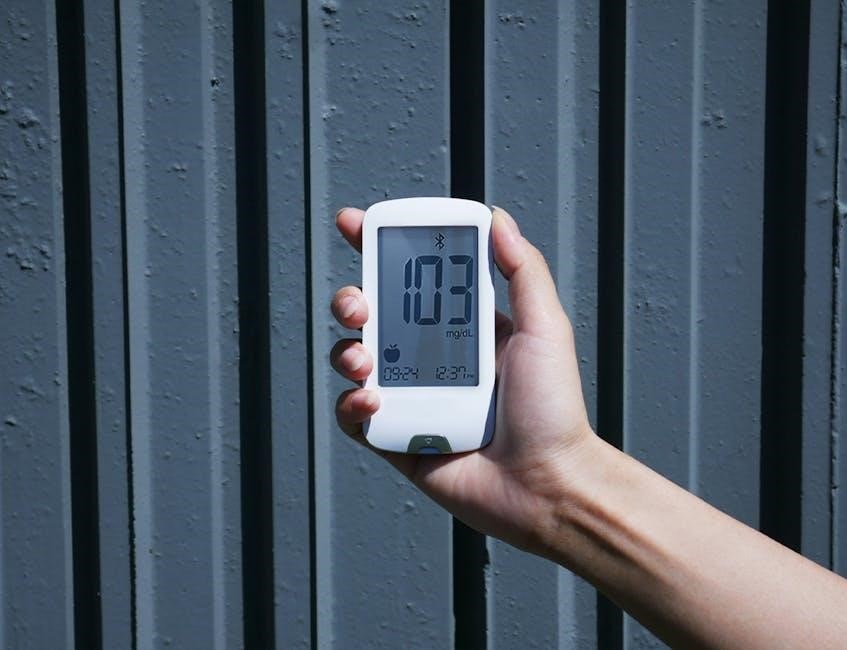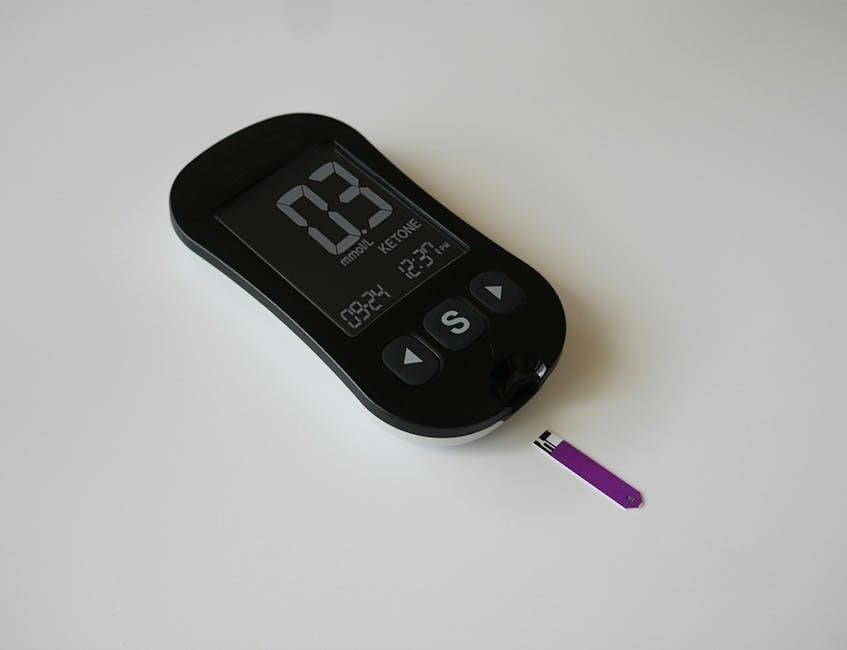The Microlife blood pressure cuff manual is a guide for users to properly use and maintain their device, ensuring accurate readings and optimal performance always with easy instructions online․
Overview of Microlife Blood Pressure Monitors
Microlife blood pressure monitors are designed to provide accurate and reliable readings, making them a popular choice among healthcare professionals and individuals․
These monitors are equipped with advanced features such as automatic cuff inflation and deflation, and some models also have additional features like Bluetooth connectivity and mobile app compatibility․
The monitors are also designed to be user-friendly, with clear and easy-to-read displays, and some models come with additional accessories like carry cases and extra cuffs․
Overall, Microlife blood pressure monitors are a great option for anyone looking to monitor their blood pressure at home, and they are widely available online and in stores․
The company also provides a range of resources and support, including user manuals and instruction guides, to help users get the most out of their monitors․
With their advanced features and user-friendly design, Microlife blood pressure monitors are a great choice for anyone looking to take control of their health․
Components of the Blood Pressure Monitor
The monitor has a display screen and control buttons for easy navigation and operation always with clear instructions online available․
Understanding the Blood Pressure Cuff
The blood pressure cuff is a crucial component of the monitor, responsible for measuring blood pressure․ It is essential to choose the correct cuff size to ensure accurate readings․ The cuff should be placed on the upper arm, at the same level as the heart, and should not be too tight or too loose․ Proper placement and sizing of the cuff are vital for obtaining reliable blood pressure readings․ The Microlife blood pressure cuff manual provides guidelines for selecting the correct cuff size and placement․ Additionally, the manual offers tips for ensuring the cuff is properly secured and positioned for accurate measurements․ By following these guidelines, users can ensure accurate and reliable blood pressure readings․ The cuff is designed for comfort and ease of use, making it simple to take blood pressure readings at home․ Regular use of the cuff can help monitor blood pressure and detect any potential health issues․

Getting Started with the Blood Pressure Monitor
Begin by reading the manual and understanding the device’s features and functions to ensure proper use always with easy online instructions and guides available․
Inserting the Batteries and Setting Up the Device
To start using the Microlife blood pressure monitor, insert the batteries into the device, making sure to follow the correct polarity․ The monitor will automatically turn on and begin the setup process․ Follow the on-screen instructions to set the date and time, and choose the correct unit of measurement for the blood pressure readings․ The device may also require calibration before use, which can be done by following the instructions in the manual․ It is essential to handle the device with care and avoid exposing it to extreme temperatures or moisture․ The setup process is straightforward and should only take a few minutes to complete․ Once the device is set up, it is ready to use and provide accurate blood pressure readings․ The device is designed to be user-friendly and easy to operate․

Using the Blood Pressure Monitor
Users can take readings with the Microlife blood pressure monitor at home with easy online instructions always available for reference and guidance purposes only online․
Proper Blood Pressure Cuff Size and Placement
To ensure accurate blood pressure readings, it is crucial to use the correct cuff size and placement․ The Microlife blood pressure cuff manual provides a chart to determine the appropriate cuff size based on arm circumference․ Proper placement involves wrapping the cuff around the upper arm, approximately one inch above the elbow crease, with the cuff’s artery marker aligned with the arm’s artery․ The cuff should be snug but not too tight, allowing for about one finger to fit between the cuff and the arm․ Incorrect cuff size or placement can lead to inaccurate readings, making it essential to follow the guidelines outlined in the manual․ By using the correct cuff size and placement, users can obtain reliable blood pressure readings and monitor their health effectively․ This information is vital for users to understand and apply correctly․

Troubleshooting Common Issues
Resolving errors and inaccuracies in blood pressure readings requires checking the cuff and device for proper function and calibration always with online support and user guides available․
Resolving Errors and Inaccurate Readings
To resolve errors and inaccurate readings, it is essential to check the device and cuff for proper function and calibration․ The user manual provides troubleshooting guides and tips for resolving common issues․ Checking the cuff size and placement is also crucial, as improper placement can lead to inaccurate readings․ The Microlife blood pressure cuff manual provides a comprehensive guide on how to troubleshoot and resolve errors, ensuring accurate and reliable readings․ It is also recommended to consult the user manual or contact the manufacturer’s support team for further assistance․ By following these steps, users can ensure accurate and reliable blood pressure readings, and make informed decisions about their health․ Regular maintenance and checking of the device can also help prevent errors and ensure optimal performance․ Proper use and maintenance are key to resolving errors and inaccuracies․

Maintenance and Storage of the Blood Pressure Monitor
Regular cleaning and storage of the device and accessories is necessary always using soft cloth and dry place․
Cleaning and Storing the Device and Accessories
To maintain the device and accessories, regular cleaning is necessary, using a soft cloth to wipe down the surfaces, and storing them in a dry place to prevent damage․ The cuff should be cleaned with a mild soap solution and dried thoroughly to prevent bacterial growth․ The device and accessories should be stored in their original packaging or a protective case to prevent scratches and damage․ It is also important to check the device and accessories regularly for signs of wear and tear, and to replace them as needed․ By following these simple steps, the device and accessories can be kept in good working condition, ensuring accurate readings and optimal performance․ Proper storage and cleaning can also help to extend the lifespan of the device and accessories, reducing the need for repairs or replacements․
